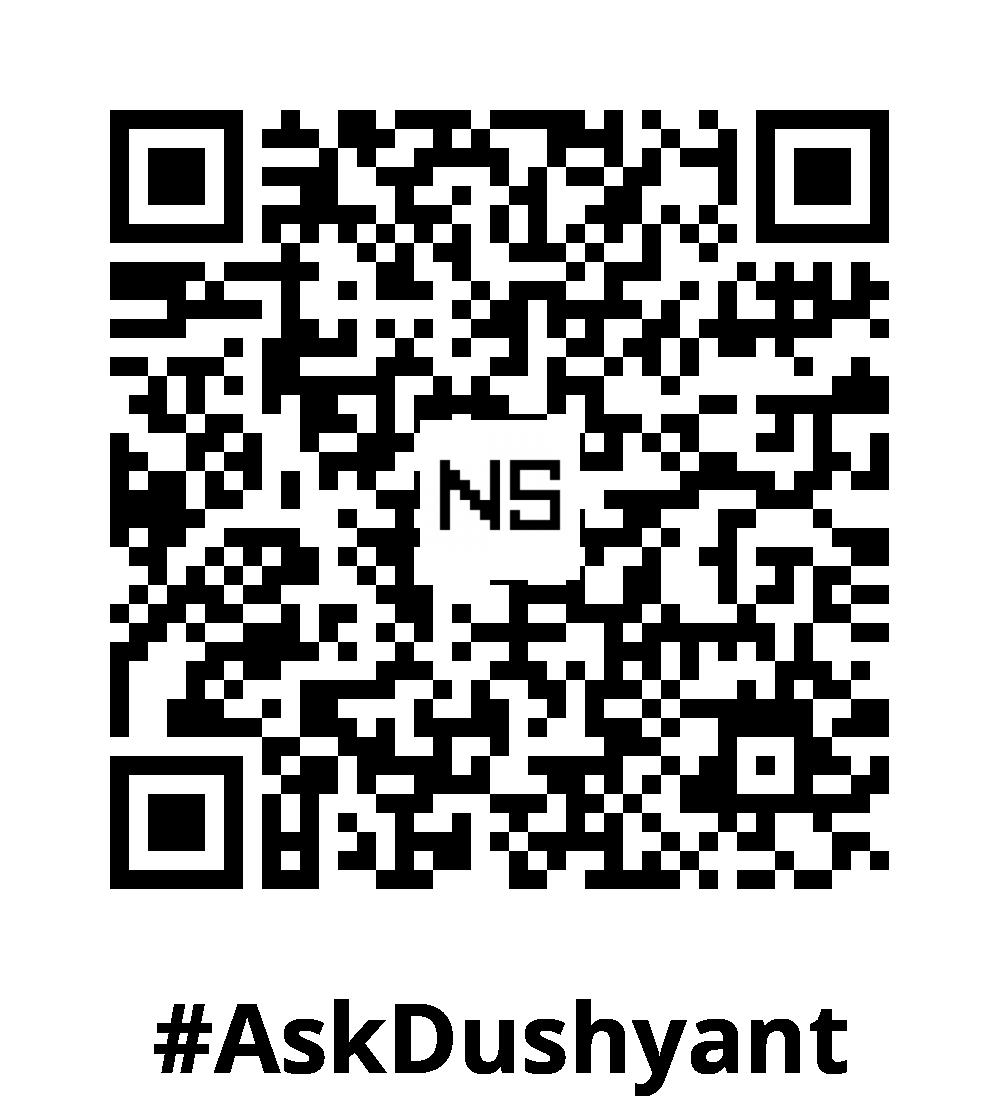In a world driven by JSON, RESTful APIs, and real-time data pipelines, you’d think XML would be obsolete. But behind the scenes of industries that require security, structure, and reliability—like banking and aviation—XML is still king.
From SWIFT messages in finance to flight bookings via SOAP-based APIs, XML remains the backbone of mission-critical communication protocols used every day by global banks and airlines. This tech concept explores why. During my tenure at TravelGuru, XML was the backbone of integration—our key to connecting with the globally distributed travel industry.
Over the last two decades, I’ve not just witnessed the evolution of tech—I’ve led it. From architecting scalable systems to driving innovation at scale, I’ve built a track record that speaks results. When businesses demand real transformation, they don’t gamble—they call me.
XML Was Built for Structure and Validation
XML (eXtensible Markup Language) wasn’t built for speed—it was built for clarity, schema validation, and data integrity. These are essential when you’re:
- Moving millions of dollars between institutions
- Booking thousands of seats across global airline alliances
- Auditing transactional data for compliance
While XML is verbose, it’s also strictly typed, machine-validated, and highly interoperable—a combination that’s critical in high-stakes systems.
XML in the Banking Sector
1. SWIFT MT and MX Messages
SWIFT (Society for Worldwide Interbank Financial Telecommunication) connects over 11,000 financial institutions across 200+ countries. It uses XML-based formats for many of its transactional messages.
- MT (Message Type): Legacy format (block-based text)
- MX: Modern, XML-based format based on ISO 20022
ISO 20022, the global standard for financial messaging, mandates XML for structured transactions like:
- International fund transfers
- Securities settlements
- Corporate payments
<Document xmlns="urn:iso:std:iso:20022:tech:xsd:pain.001.001.03">
<CstmrCdtTrfInitn>
<GrpHdr>
<MsgId>ABC123456</MsgId>
<CreDtTm>2025-07-09T12:00:00</CreDtTm>
</GrpHdr>
</CstmrCdtTrfInitn>
</Document>
Why XML?
- Validates against strict XSD schemas
- Ensures no malformed transactions go through
- Enables automated clearing and settlement systems
2. SOAP-Based Banking APIs
While many fintech APIs have shifted to JSON and REST, core banking integrations, especially with legacy systems (e.g., CBS—Core Banking Systems), still rely on:
- SOAP (Simple Object Access Protocol) over XML
- WSDL (Web Services Description Language) contracts
SOAP’s formal structure ensures:
- Strong typing and validation
- Operation contracts
- Better error handling in complex workflows
XML in the Airline and Travel Industry
1. Flight Booking APIs: SOAP + XML Still Rules
GDS (Global Distribution Systems) like Amadeus, Sabre, and Travelport use SOAP/XML APIs to handle:
- Flight searches
- Booking reservations
- Ticketing
- Baggage handling
- Pricing and availability
Example: Amadeus’s Air Booking XML request
<AirBookRQ xmlns="http://www.opentravel.org/OTA/2003/05">
<POS>
<Source PseudoCityCode="XYZ"/>
</POS>
<FlightSegment DepartureDateTime="2025-07-15T08:00:00">
<DepartureAirport LocationCode="JFK"/>
<ArrivalAirport LocationCode="LHR"/>
</FlightSegment>
</AirBookRQ>
These APIs are favored in aviation because:
- They follow industry-wide standards like OTA (Open Travel Alliance)
- XML allows for deep nested structures to represent flights, legs, passenger data, etc.
- XML over SOAP ensures security and strict validation for mission-critical operations
2. IATA’s New Distribution Capability (NDC)
Even IATA’s modern NDC initiative (which pushes direct airline distribution) still uses XML messages to define offers, orders, and ancillary services.
While JSON-based options exist, most certified NDC APIs remain XML-first, due to:
- Schema consistency
- Airline legacy integration
- Compliance with IATA protocols
Why These Industries Still Rely on XML
| Feature | Importance in Banking/Airlines |
|---|---|
| Schema Validation (XSD) | Critical for compliance |
| Namespace Support | Needed for multi-part messages |
| Digital Signatures (XML DSig) | Common in financial docs |
| Formal Contracts (WSDL) | Mandatory for legacy systems |
| Platform Interoperability | Crucial in global systems |
| SOAP Headers for Security | Used in authentication, tokens |
Challenges with XML — and Why They’re Accepted
XML Drawbacks
- Verbose
- Harder to read and write manually
- Slower to parse than JSON
- More complex tooling
Why Banks and Airlines Accept This
- Security and auditability matter more than speed
- XML fits with decades of existing investment in systems
- Validating schemas reduce errors that cost time or money
- XML + SOAP offer deterministic, predictable behavior in large, distributed systems
Will They Move to JSON ?
Gradually, yes—but not quickly.
- Some API gateways now offer REST wrappers over XML backends.
- Fintech disruptors build new layers in JSON/REST, but core transactions still happen via XML/SOAP.
- Airlines building mobile APIs may use JSON outwardly, but rely on XML internally.
Until mission-critical systems are rewritten, XML will stay.
My Tech Advice: Even in the age of JSON, serverless APIs, and hyper-personalised digital experiences, XML remains the foundation of global infrastructure in banking and aviation. It’s not flashy. It’s not trendy. But it’s trusted. And in industries where money and human lives are involved, trust is greater then trend.
Ready to build your own tech solution ? Try the above tech concept, or contact me for a tech advice!
#AskDushyant
Note: The names and information mentioned are based on my personal experience; however, they do not represent any formal statement. The example and pseudo code is for illustration only.
#TechConcept #TechAdvice


Leave a Reply